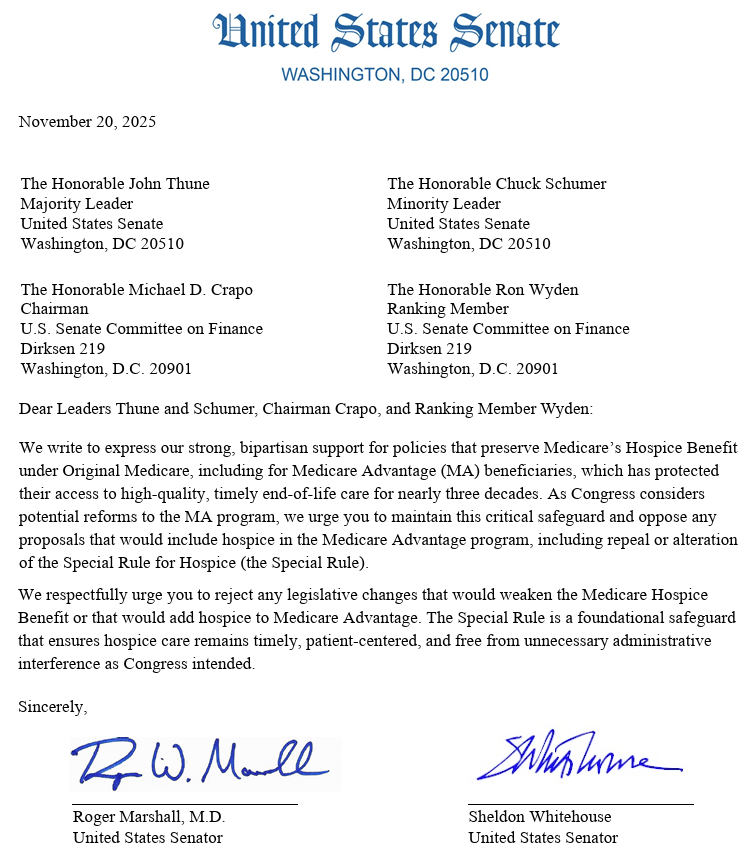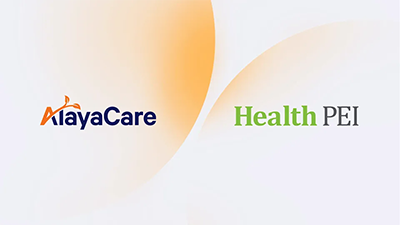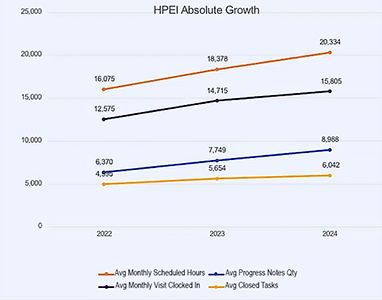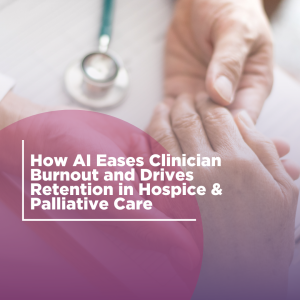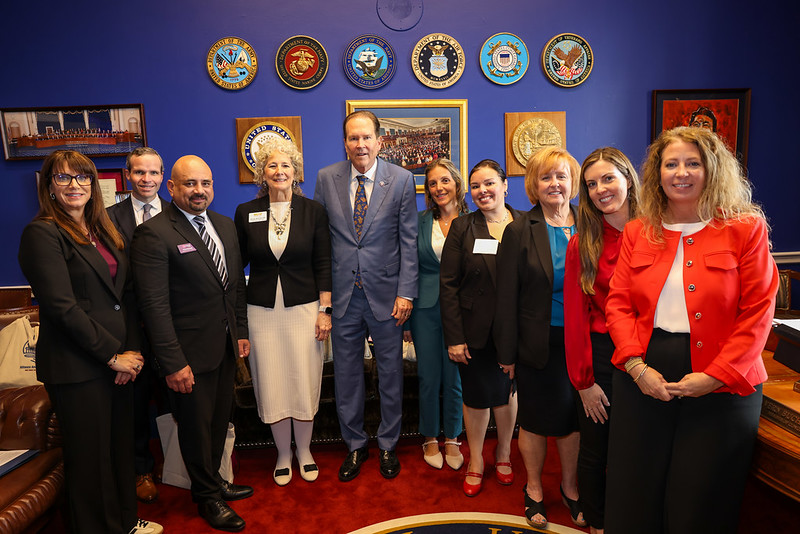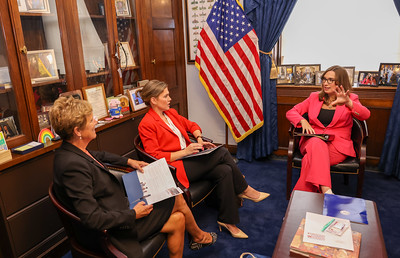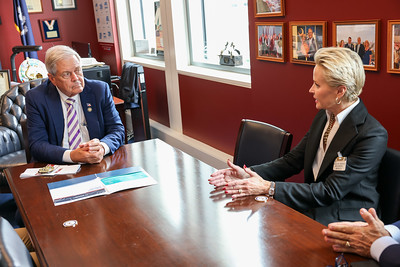AI Adoption Risk in Home Health and Hospice
by Bill Dombi and Jason Bring, Arnall Golden Gregory LLP
AI Adoption in Home Health and Hospice
Accelerating Regulatory Risk
Law firm Arnall Golden Gregory LLP, Bill A. Dombi, Senior Counsel and Jason E. Bring, Partner, recently published an article on navigating the AI frontier. The article proposes legal guardrails for Home Health and Hospice providers. As AI adoption becomes more prevalent, so too does the risk of regulatory errors in nondiscrimination, HIPAA, and CMS reimbursement, among others.
by Bill Dombi and Jason Bring – Arnall Golden Gregory, LLP
Key Takeaways
AI adoption in home health and hospice...
Is accelerating regulatory risk with Section 1557 nondiscrimination rules, HIPAA obligations, and CMS reimbursement scrutiny creating new exposure around bias, PHI handling, ambient listening, AI-generated documentation, and improper reliance on predictive models
Common AI failure points
Unauthorized tools, biased algorithms, ambient-recording missteps, hallucinated documentation, and eligibility-prediction “coding bias,” now trigger audits, denials, False Claims Act exposure, breach allegations, and malpractice risk, especially where human oversight is weak or documentation is inconsistent.
Providers must strengthen AI governance and transparency
Including enterprise-grade vendor controls, business associate agreements, patient disclosure and consent protocols, model-bias testing, workforce training, documentation review, and a comprehensive AI Acceptable Use Policy backed by ongoing monitoring and interdisciplinary oversight.
Read the full article here
# # #


AGG Healthcare and Post-Acute & Long-Term Care attorneys, Jason Bring and Bill Dombi, advise home health agencies, hospices, and technology vendors nationwide on AI governance, compliance, and reimbursement strategy. For questions about these issues or in general, please contact Jason and Bill.


